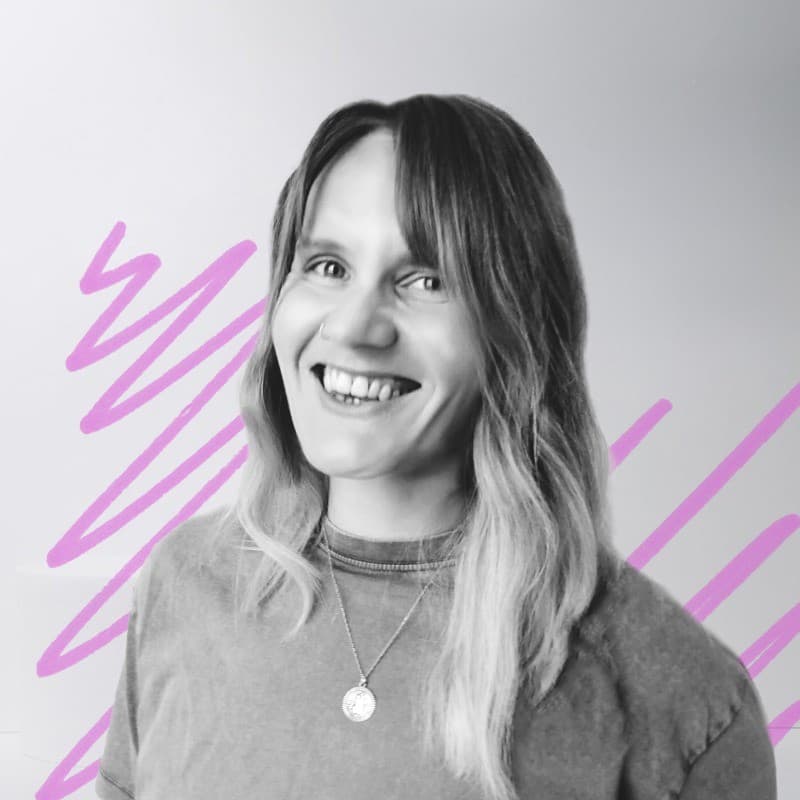
Can Eco-Minimalism Make You Happier and Reduce Your Carbon Emissions in 2025?

Terri Witherden
Terri is a Digital Designer helping Conscious Businesses connect with their ideal audience through brand design, content and marketing.
In today’s fast-paced world of overconsumption and climate anxiety, more people are discovering the power of eco-minimalism—a lifestyle that helps you live with less, reduce waste, and feel better doing it.
But what exactly is eco-minimalism, and can it really make you happier while helping the planet?
Let’s explore how simplifying your life can lead to lower carbon emissions, less stress, and a deeper connection to what truly matters.
What Is Minimalism?
Minimalism is about cutting out anything that doesn’t add value to your life. It’s the philosophy of “less is more”—owning fewer things, but choosing them with purpose.
This mindful approach doesn’t just apply to your possessions; it also influences how you spend your time, energy, and money. Minimalism is inherently sustainable because it helps break the cycle of overconsumption that drives much of today’s environmental harm.
What Is Eco-Minimalism?
Eco-minimalism is a hybrid of sustainability and minimalism. It’s a lifestyle rooted in conscious consumption and environmental responsibility—asking not only “Do I need this?” but also “What is the impact of owning this?”
The term was originally coined by architect Howard Liddell and energy consultant Nick Grant to describe a building design philosophy focused on reducing environmental impacts. Today, it’s evolved into a personal and cultural movement focused on:
- Reducing waste
- Living with intention
- Minimising your environmental footprint
Minimalism vs Eco-Friendly Living: What’s the Difference?
While minimalists seek simplicity through fewer possessions and less clutter, eco-conscious individuals focus on sustainability first—choosing products, habits, and systems that reduce harm to the planet.
Eco-minimalism bridges both. It blends conscious consumerism with environmental awareness, encouraging habits like:
- Reusing and repairing items
- Choosing quality over quantity
- Reducing plastic use and packaging
- Supporting ethical and local brands
- Avoiding impulse purchases
The result? A lifestyle that’s lighter on the planet and your mental load.
How Eco-Minimalism Reduces Your Carbon Footprint
Less stuff = less carbon.
Manufacturing, packaging, and transporting goods all generate greenhouse gas emissions. In fact, global consumerism is responsible for up to 60% of all emissions.
Eco-minimalism helps reduce these emissions by:
- Cutting consumption: The fewer products you buy, the fewer resources are needed to make them.
- Avoiding waste: Items are used longer, repaired, and recycled.
- Choosing local: Supporting nearby businesses reduces shipping miles.
- Investing in quality: Durable goods last longer and often perform better.
By living with less, you significantly reduce your carbon and material footprint—and save money along the way.

leaves in a vase
Less Waste, More Value
Living with fewer but higher-quality items means:
- Less landfill waste
- Reduced water and energy use
- More intentional purchases
- Less time managing clutter
For example, repairing clothes instead of tossing them extends their lifespan and saves you from buying fast fashion. Investing in one durable item can replace years of throwaway versions.
This isn’t about going zero-waste overnight. It’s about building small, sustainable habits that fit your lifestyle and stick long term.
Is Minimalism Good for Your Mental Health?
Absolutely. Here’s how eco-minimalism contributes to a happier, more grounded lifestyle:
- Less stress: Fewer possessions = less to clean, maintain, and worry about.
- More space: Both physically and mentally—clutter-free environments foster calm.
- Clearer focus: You spend your time and energy on what matters most: people, experiences, and purpose.
- Greater self-awareness: You make intentional choices aligned with your values.
Living in alignment with your environmental and personal values is not only empowering—it’s energising.
What’s the Catch?
Some people fear that minimalism means sacrifice or missing out. But the goal isn’t deprivation—it’s liberation. You don’t need to throw out everything you own or live in a bare room.
In fact, some minimalists go too far, becoming fixated on getting rid of things. That’s not the point. Balance is key.
Think of eco-minimalism as a lifestyle evolution, not a fad. It’s not about perfection—it’s about progress. Start with small, realistic changes that feel right for you.
Ready to Start Your Eco-Minimalist Journey?
Here’s how to ease into it:
- Do a values audit: What matters most to you? Let that guide your choices.
- Declutter gradually: Let go of things that no longer serve you.
- Buy intentionally: Ask yourself “Do I really need this?”
- Repair and reuse: Choose quality, fix what breaks, and get creative with upcycling.
- Track your impact: Use tools like The Climate App to measure your carbon footprint and see how small swaps add up over time.
A Simpler, Greener, Happier Life
Eco-minimalism is more than just a lifestyle trend in 2025—it’s a solution to many of the challenges we face: climate change, overconsumption, stress, and disconnection from the natural world.
By choosing less, you gain more: more peace, more purpose, and more power to create a better future.
Want to start making a difference today? 📱 Download The Climate App to track your carbon savings, swap sustainable habits with friends, and make climate action social, fun, and achievable.